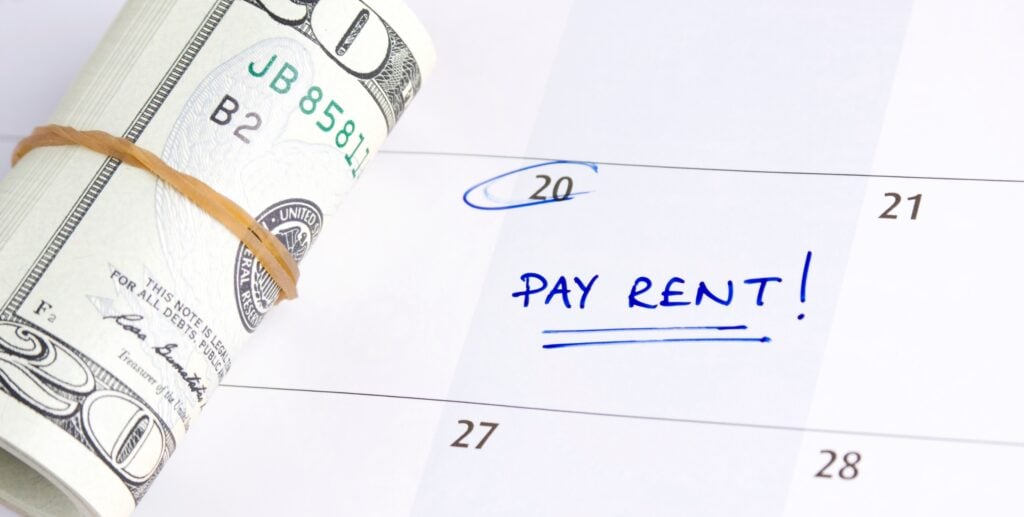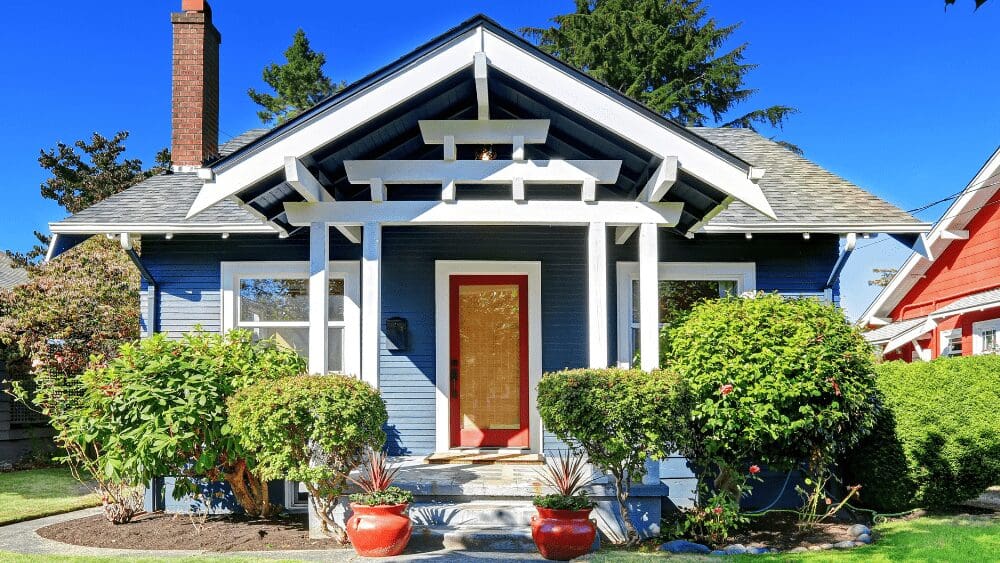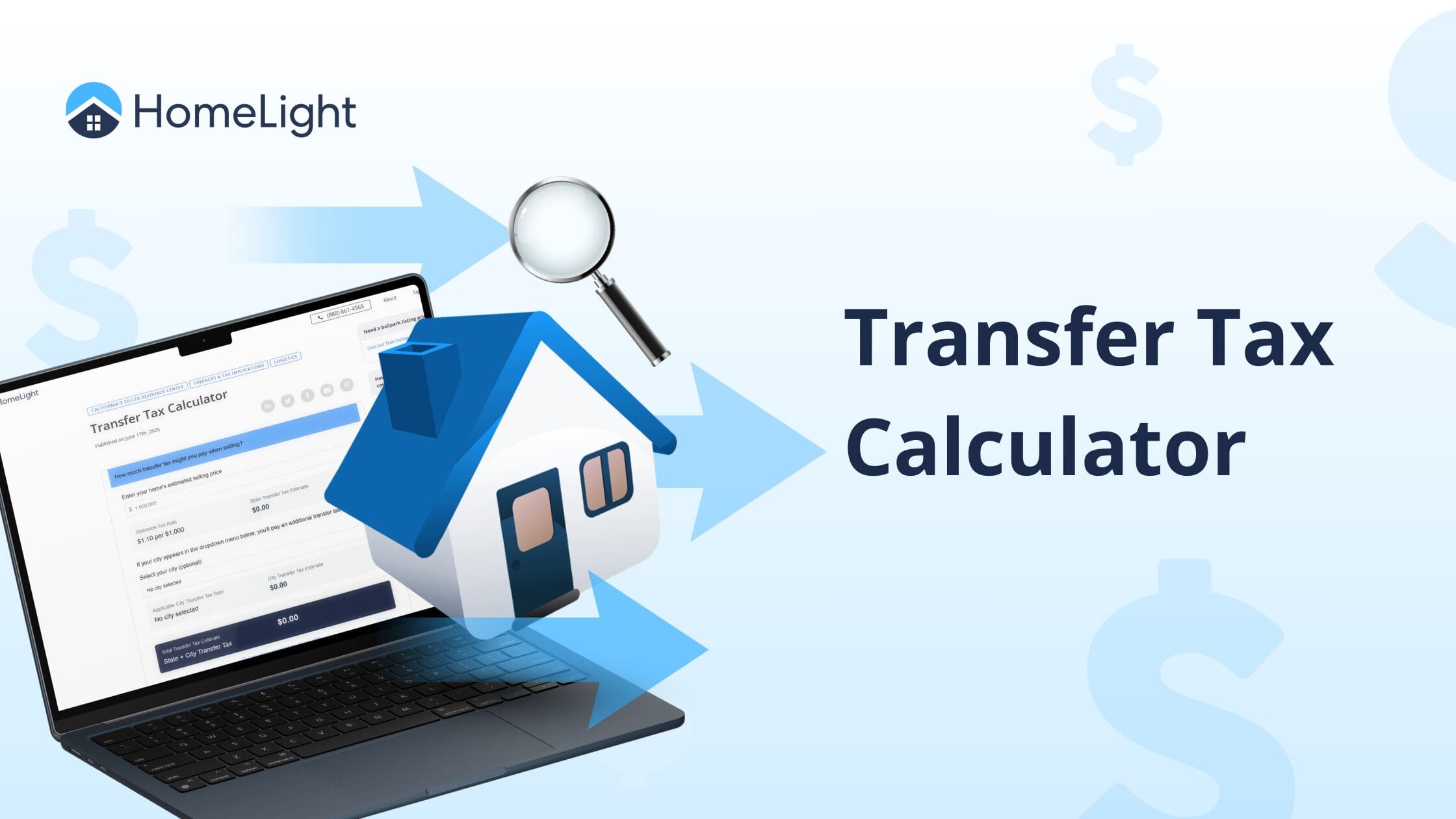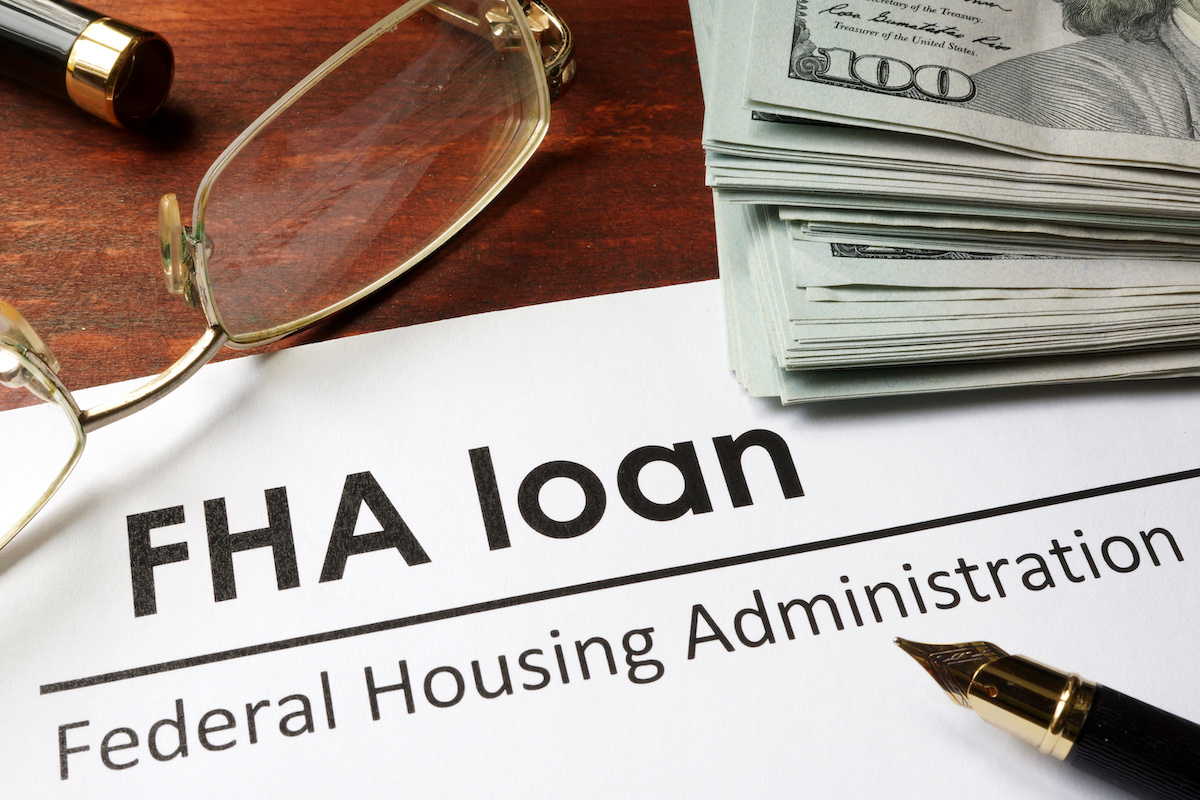As a homebuyer, home maintenance is key to keeping your property in good condition for years to come—but without a solid plan, those costs can add up quickly.
The most effective way to budget for home maintenance is to set aside about 1% to 4% of your home’s value each year (or break it down into monthly amounts), then adjust depending on your home’s age, size, and location. Keep this money in a dedicated fund for unexpected repairs.
Whether you’re budgeting for home maintenance in Richmond, VA, Salisbury, MD, or Irvine, CA, this Redfin guide will walk you through how to budget for home maintenance effectively so you can avoid unexpected costs in the future.
How to budget for home maintenance
Maintaining your property is crucial for homebuyers, and a clear financial plan prevents unexpected costs. A good rule of thumb is to budget between 1% and 4% of your home’s value annually for maintenance. For example, if your home is worth $600,000, plan to save between $6,000 and $24,000 each year..
Another simple way to budget is by using your home’s size and square footage—just save about $1 per square foot each year. So if your home is 3,000 square feet, try to set aside around $3,000 annually for upkeep.
Pick the method that feels more manageable for your budget, and consider setting up automatic transfers so saving becomes one less thing to think about.
How much should you save each year for home maintenance?
Figuring out how much to budget for home maintenance isn’t a one-size-fits-all answer.. While the “1% rule” is a helpful starting point, consider your home’s age, size, location, and materials.
Age and condition of the home
Newer homes typically only require routine upkeep, whereas older homes often demand more frequent and extensive maintenance, necessitating a larger allocation in your home maintenance budget.
Home size and complexity
Maintenance costs are typically higher for larger homes or those with complex features such as multiple HVAC systems, extensive landscaping, swimming pools, or smart home technology.
Climate and location
If your home is located in an area with extreme weather, like heavy snow, excessive rain, or heat waves, these conditions can accelerate the wear and tear on your home’s exterior, roof, HVAC systems, and more. Because of this, you’ll likely face higher maintenance costs over time and should plan to budget accordingly.
Type and quality of materials used
Homes built with high-quality or low-maintenance materials (like composite decking or metal roofing) may reduce annual upkeep costs compared to homes with cheaper or more maintenance-heavy finishes.
Your long-term plans for the home
If you plan to stay long-term, it may make sense to invest more in preventative maintenance and updates. If it’s a short-term residence or rental, you might prioritize only essential upkeep.
>> Discover: How Long Should You Live in a House Before Selling?
Monthly vs. annual budgeting
There’s no single right way to budget for home maintenance; it really depends on what works best for you. Here are two common approaches to consider:
- Monthly Budgeting: Start small and automate. Even $50–$100 per month can build a cushion over time. Ideal for:
- Unexpected repairs
- Ongoing tasks like lawn care or air filter changes
- Spreading out the cost of larger maintenance projects
- Annual Budgeting: Best for planning around predictable, seasonal tasks and big-ticket items. Ideal for:
- HVAC servicing
- Gutter cleaning
- Exterior painting
- Major upgrades like new appliances or a roof replacement
Using a mix of monthly and annual budgeting gives you the flexibility to handle surprise repairs while planning ahead for bigger projects.
Common home maintenance costs to expect
Planning ahead for home repairs can save you a lot of stress (and money) down the road. While prices can vary depending on where you live and how busy local contractors are, it’s helpful to have a ballpark idea of what major replacements might cost. While prices vary depending on your location and market demand, here are some general cost ranges to keep in mind:
-
- HVAC servicing: Heating and cooling systems typically need professional inspection and cleaning once or twice a year. Expect to pay around $150–$300 per visit.
- Roof repairs: Basic repairs, like missing shingles or minor leaks, might cost $200–$500, while more extensive damage could reach into the thousands.
- Plumbing fixes: Whether it’s a dripping faucet or a clogged drain, plumbing issues are among the most frequent. Minor repairs usually range from $180–$600.
- Water heater maintenance or replacement: Regular flushing and inspections can extend the life of your water heater, but replacement is inevitable. Maintenance costs about $100 annually, while a full replacement can cost between $800–$1,500.
- Gutter cleaning: Clogged gutters can lead to water damage, so plan on cleaning them at least twice a year. This service typically costs $50–$175 per hour for gutter cleaning.
- Pest control: Seasonal pest prevention or removal may be necessary. These costs range from $100–$600 depending on the type of pest, severity and frequency of services.
- Deck (wood/composite): Power washing, sealing, or staining a deck typically costs $300–$1,000, while replacing a deck can run between $4,125–$11,650.
- Furnace: Annual furnace maintenance typically costs $100–$300, while replacing a furnace can range from $2,500–$7,500.
- Windows: Minor window repairs may cost $100–$500. Full replacement, especially for energy-efficient models, ranges from $400–$1,200 per window.
- Appliances: Common appliances like dishwashers, ovens, or refrigerators may cost $100–$400 to repair. Replacements vary widely, from $500–$3,000, depending on brand and features.
Creating a home maintenance checklist
Staying on top of home maintenance can feel overwhelming, but a checklist can simplify the process. By breaking tasks down by season or priority, you’ll reduce the risk of overlooking important upkeep and catch small issues before they turn into costly repairs.
Monthly
- Change HVAC filters
- Test smoke and carbon monoxide detectors
- Check for signs of leaks under sinks
- Inspect visible plumbing for drips or corrosion
- Clean kitchen vent hood filter
Seasonally (Spring and Fall)
- Inspect roof and gutters for damage or buildup
- Clean gutters and downspouts
- Schedule HVAC service
- Check and reseal windows and doors
- Inspect the foundation for cracks or water intrusion
- Trim back trees and shrubs near the house
Annually
- Flush water heater
- Clean dryer vent and exhaust duct
- Inspect chimney and fireplace (if applicable)
- Test and reset GFCI outlets
- Deep clean carpets and flooring
- Review and update home maintenance budget
As Needed
- Touch up exterior paint and siding
- Power wash driveway, siding, and deck
- Replace weatherstripping
- Check attic and basement for pests or moisture
Other ways to prepare for home costs
Beyond regular maintenance, unexpected home expenses can pop up at any time. While having a dedicated maintenance fund is essential, here are a few additional ways to stay financially prepared:
- Invest in a home warranty: A home warranty covers major system and appliance repairs or replacements due to normal wear and tear, reducing out-of-pocket costs.
- Review your homeowners insurance: Ensure coverage reflects current home values and area risks (e.g., flooding, earthquakes). Add riders for high-value items or specific unlisted risks.
- Plan for long-term replacements: Be aware of your home’s component ages (appliances, roof, HVAC, water heater) and save for their eventual replacement.
- Keep a running list of repairs and upgrades: Documenting past work and future needs helps you prioritize spending and avoid surprise costs down the line.
>> Read: Home Warranty vs. Home Insurance: Do You Need Both?
Final thoughts: stay ahead, save more
Homeownership comes with many responsibilities but planning ahead can make all the difference. By setting aside funds, following a maintenance checklist, and preparing for both routine and unexpected costs, you’ll be better equipped to handle whatever comes your way.
FAQs: How to budget for home maintenance
1. What if I can’t afford to save the recommended amount right now?
The best practice for budgeting is to start with what is manageable, even if it’s small, the money you save will grow into a cushion over time. In the meantime, look for low-cost or DIY ways to maintain your home as you save and increase your contributions as your budget allows.
2. Should I increase my maintenance budget as my home gets older?
Yes. As systems age, they will likely require more frequent repairs or even replacement. It’s wise to reassess your budget every few years and gradually increase it based on your home’s condition.
3. Is home maintenance tax deductible?
A routine maintenance for primary residents isn’t typically deductible. However, if you rent out a part of your home or you have a home office, some maintenance expenses related to those areas could possibly be a tax deductible.
4. What’s the difference between maintenance and home improvements?
Maintenance involves preserving what already exists within your home to prevent wear and tear. On the other hand, improvements add value or functionality to your home, like finishing a basement or installing solar panels. It’s best to budget for both of these apart from each other.
5. How do I keep track of maintenance tasks and costs over time?
Consider using a home maintenance app or create a spreadsheet that logs tasks, due dates, and receipts. This will make it easier to plan your budget, track your expenses, and keep records for resale and warranty purposes.



















 English (US) ·
English (US) ·